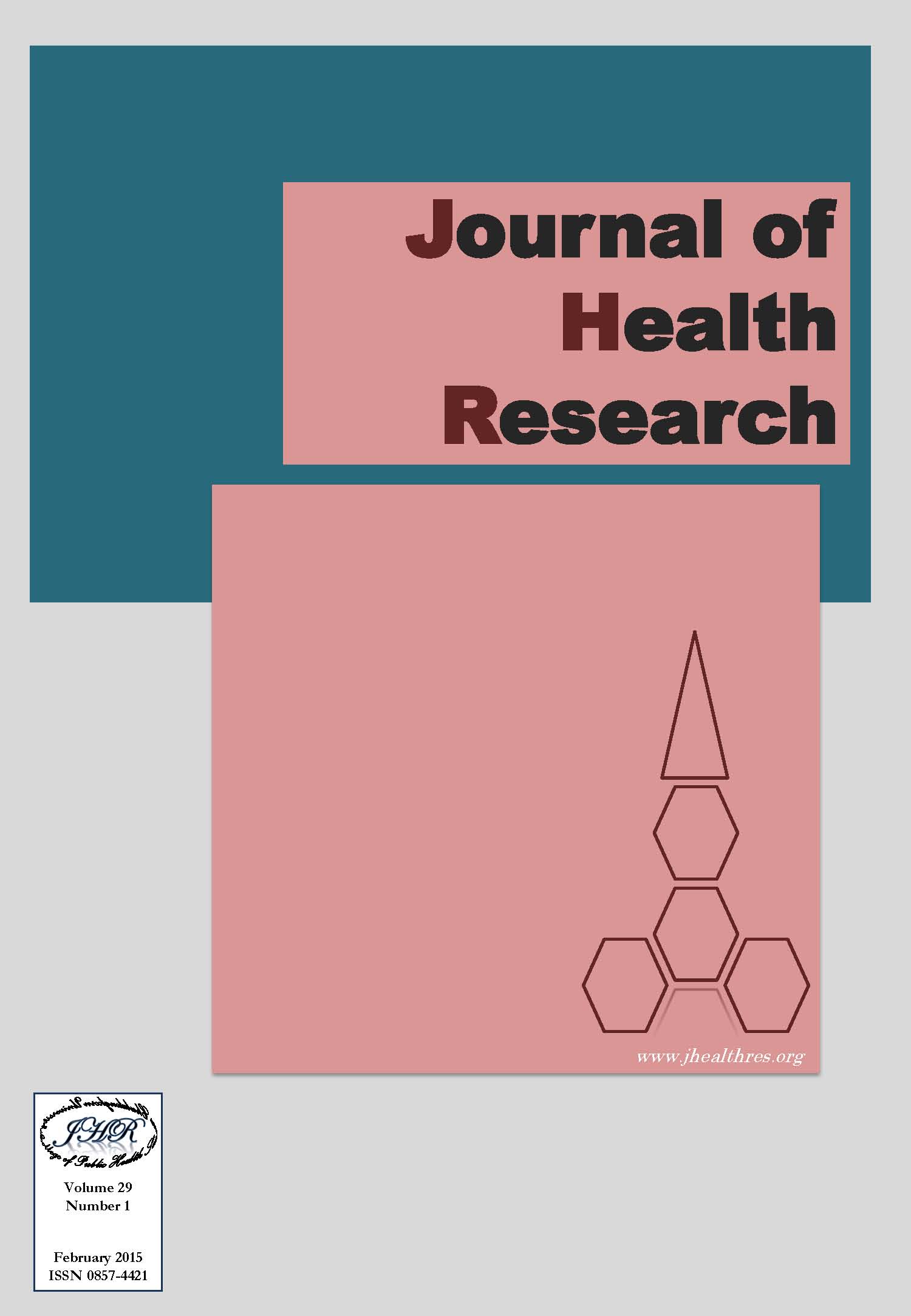The Role of Coenzyme Q10 and Circuit Resistance Training on Energy Expenditure at Rest and During Submaximal Treadmill Walking in 40-60 Year-Old Overweight Women
Keywords:
CoQ10, Circuit resistance training, Energy expenditure, Overweight women, ThailandAbstract
Coenzyme Q10 (CoQ10) helps the body produce energy within cell from converting the energy in carbohydrates and fatty acids into ATP production. However, the association between CoQ10 and/or circuit resistance training on energy expenditure has never been clarified. The objectives were to investigate the role of CoQ10 and/or circuit resistance training on energy expenditure in 40-60 year-old overweight women. Forty-eight overweight women subjects at Bank of Thailand, were enrolled. Subjects were purposively assigned to one of four groups: Group 1 (CoQ10) with supplemented CoQ10 only (n=12), group 2 (Ex) with circuit resistance training only (n=12), group 3 (Ex&CoQ10) with both supplemented CoQ10 and circuit resistance training (n=12), and group 4 control group (n=12). CoQ10 was taken in 100 mg capsules two times daily after meals for 12 weeks. After treatment, VO2Max was found to be significantly increased in group 1 (CoQ10), group 2 (Ex) and group3 (Ex&CoQ10) and there were significant differences between all experimental groups and the control group. Moreover, plasma CoQ10 levels were significantly increased within all groups. There were significant differences in plasma CoQ10 levels between group 1 (CoQ10) and control group, group 1 (CoQ10) and group 2 (Ex), group 3 (Ex&CoQ10) and control group as well as group 3 (Ex&CoQ10) and group 2 (Ex). Also, weight and BMI were significantly decreased in group 2 (Ex) and group 3 (Ex&CoQ10). Fat free mass (FFM) was significantly decreased in group 3 (Ex&CoQ10) but Fat mass (FM) was found to be significantly decreased in group 2 (Ex), group 3 (Ex&CoQ10) and group 4 (control group). Resting energy expenditure (REE) was found to be significantly decreased in group 1 (CoQ10), group 2 (Ex) and group 4 (control group).Walking energy expenditure, glucose levels, cholesterol, triglycerides, LDL and HDL did not differ significantly among groups in both before and after treatment. After treatment, no significant differences were found in energy expenditure at rest and during submaximal treadmill walking among all groups. However, maximum oxygen consumption (VO2Max) and plasma CoQ10 levels were likely found to have positive effects in overweight subjects with supplemented CoQ10 and/or circuit resistance training. Moreover, the researcher found positive correlation between maximum oxygen consumption (VO2Max) and plasma CoQ10 levels.







